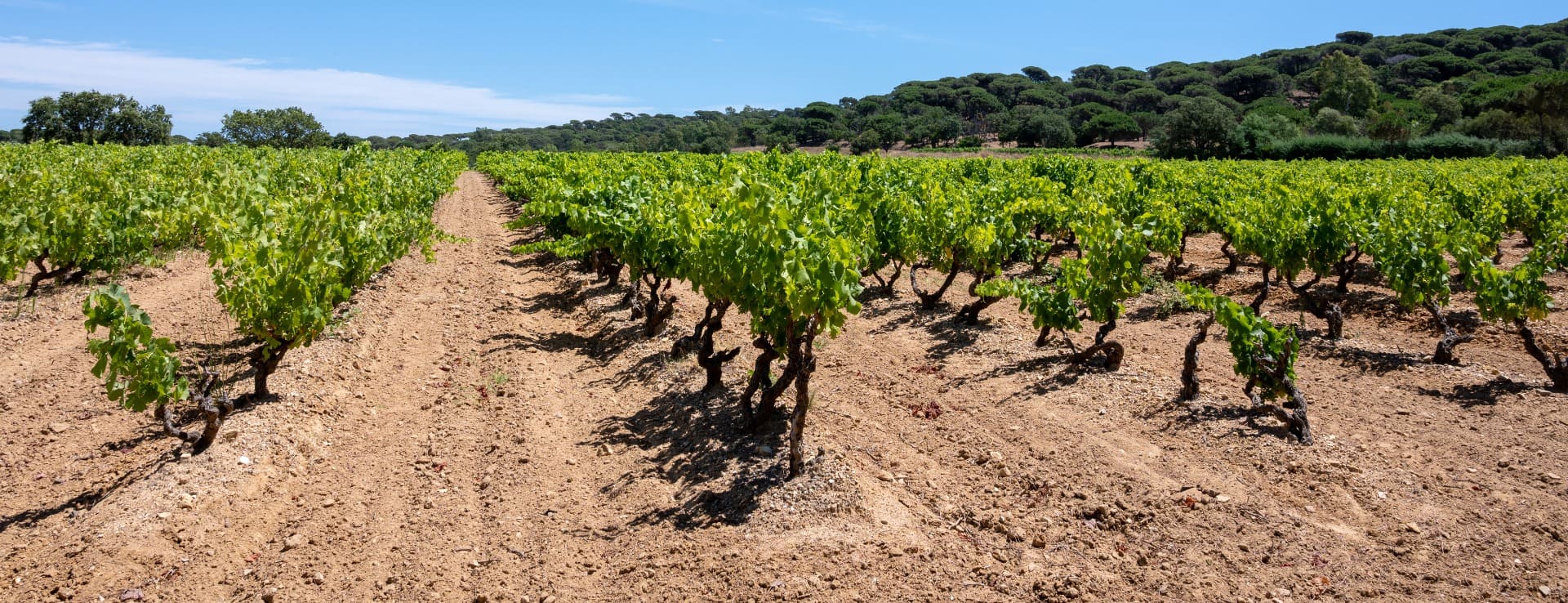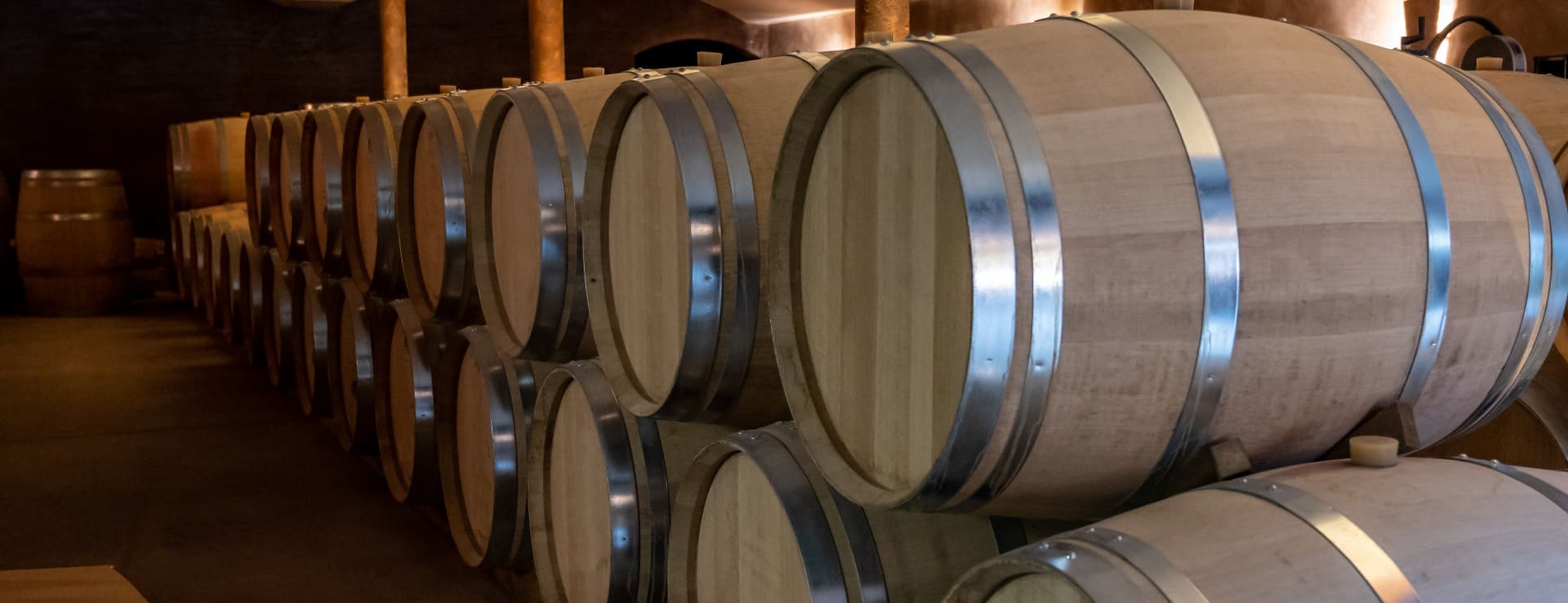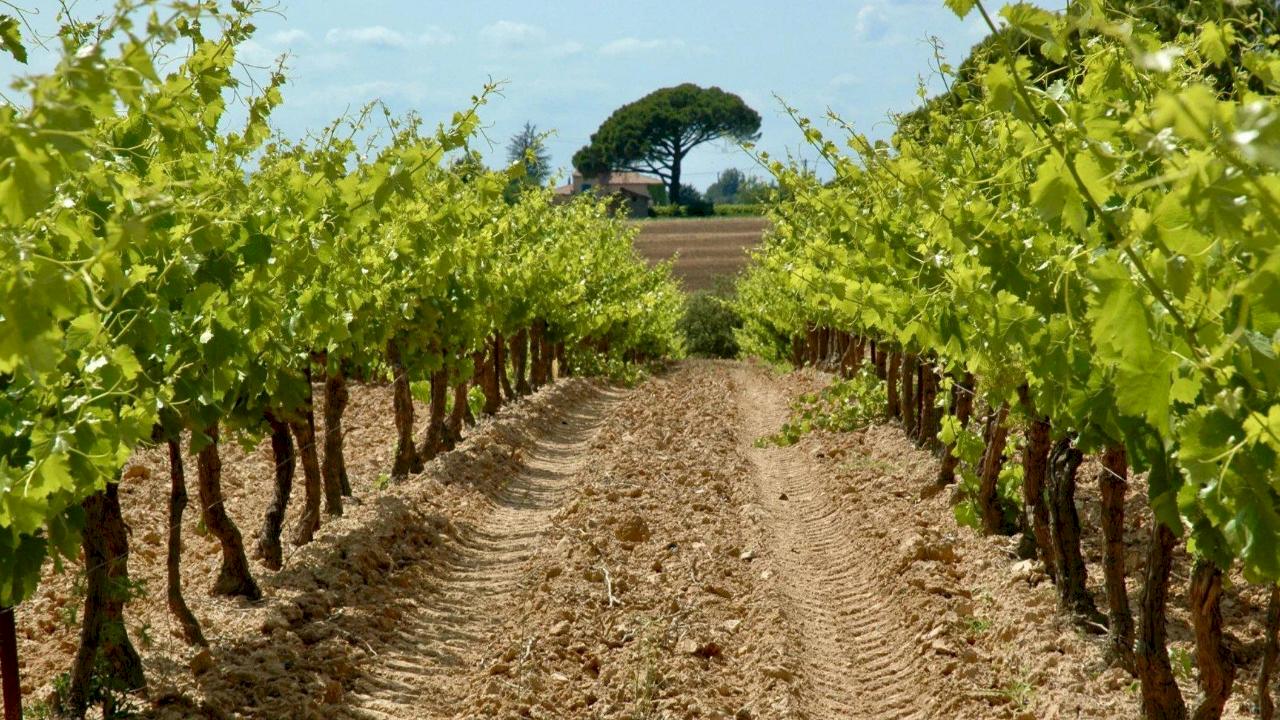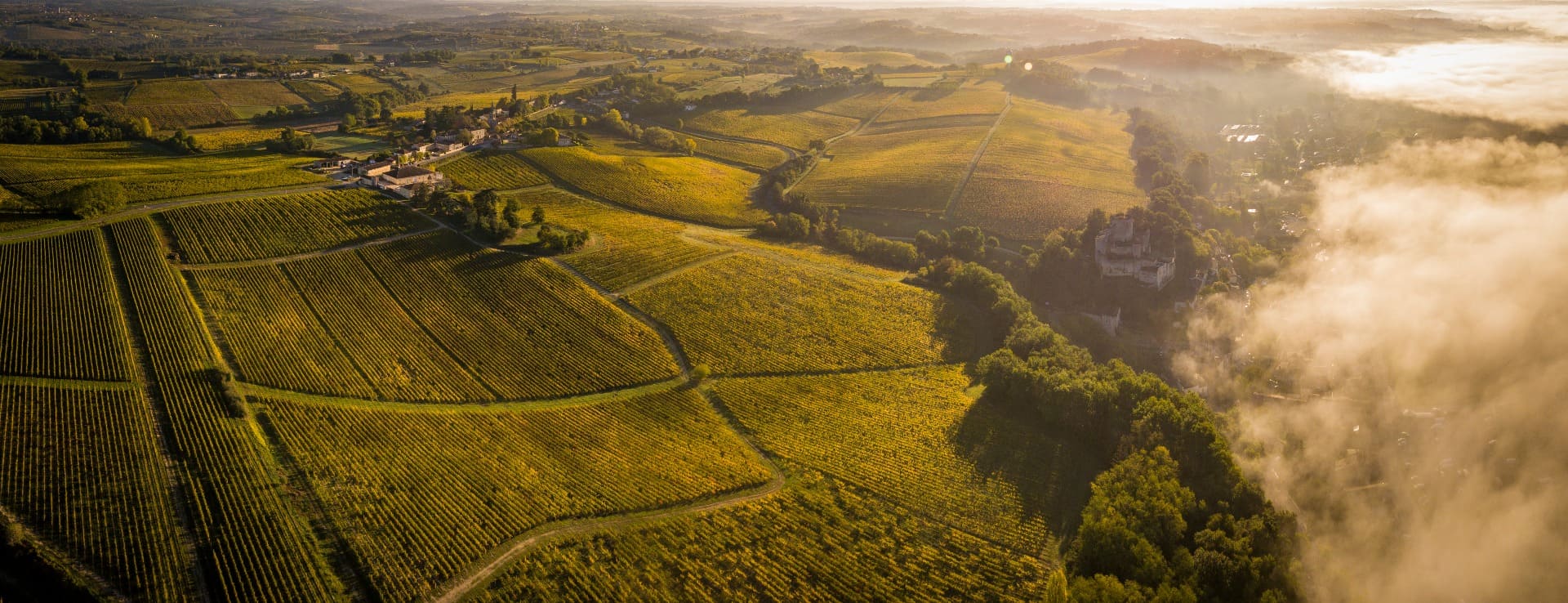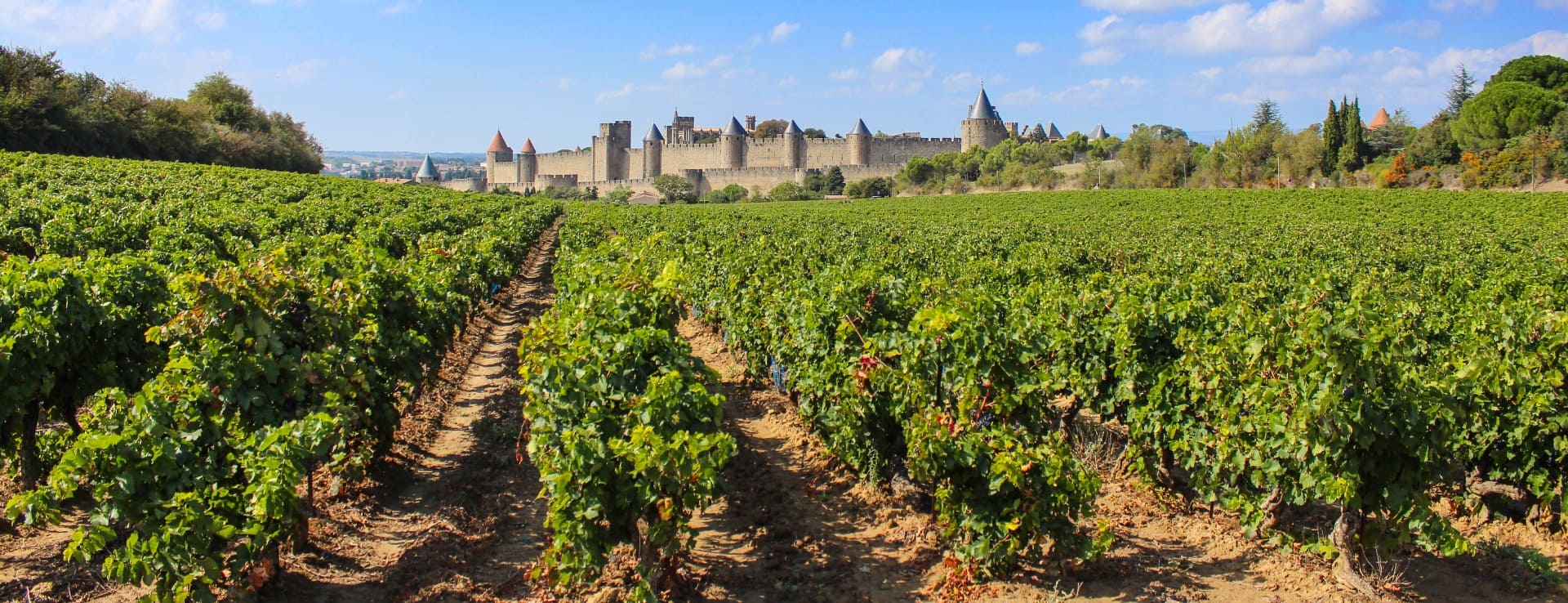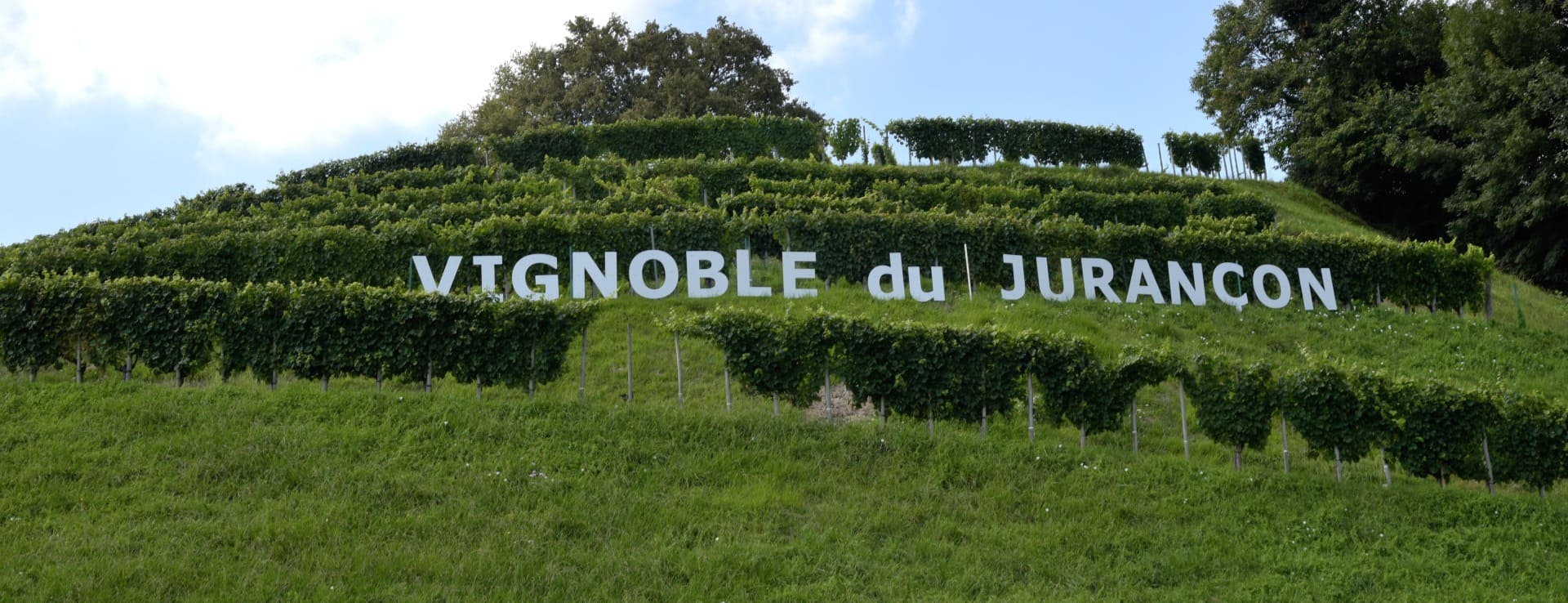Find your winery or vineyard
Departments Bouches-du-Rhône (Marseille) / Vaucluse (Avignon)
Local wines: these wines account for a third of the region's wine production. The indication of the department of Bouches-du-Rhône is "vin de la terroir des Alpilles".
Regional AOCs: this appellation groups together the three largest AOCs in the region, first of all the AOC Côtes de Provence with 20,300 ha, which is spread over three departments (Var, Bouches-du-Rhône and an enclave in the Alpes-Maritimes) and produces 87% of rosé wine. It is followed by the AOC Aix-en-Provence with 4,100 ha producing mainly rosé.
Sub-regional AOC: A sub-regional AOC recognised in 2005 identifies a certain area of Côtes de Provence, AOC Côtes de Provence-Saint-Victoire with 2,225 ha, located between the towns of Aix-en-Provence, Rians and Trets. The production of rosé is by far dominant. And another appellation west of Bouches-du-Rhòne, the AOC Bau-de-Provence with 320 ha produces mainly red wine.
Communal AOCs: these AOCs form the elite of regional production. We can name two, AOC Palette is a tiny appellation of 23 ha, located near Aix-en-Provence, with only two producers producing whites and rosés. AOC Cassis is one of the best known of the coastal vineyards. The appellation covers 180 hectares and produces white wines that its best producers achieve great aromatic finesse, balance and freshness.
In the heart of luminous Provence, vines, olive trees and lavender are its main symbol. A land of painters and poets and many artists passing through, enchanted by the light of this land and all that goes with it. The rosé of Provence, a faithful holiday companion, offers a wide range of colours with reflections from salmon to raspberry depending on the vinification method used. The very aromatic rosés offer a varied palette of red fruits such as strawberry or raspberry, accompanied by floral notes of fennel or the classic "English bonbon" scent. Its success, which has amplified in recent years (rosé now accounts for 85% of the total production of wine from Provence), leaves a little to one side those small-production white wines, crystalline with golden, straw-coloured reflections, as it has some Sémillon in the blend. The whites have less nerves than their counterparts from northern climates, but reveal a good aromatic structure in the mouth where we can find aromas of fennel, aniseed, undergrowth, honey and white fruits, the best wines are distinguished by their aromatic persistence. The reds can have faint ruby tones like the Baux-de-Provence, or intense and layered like those of Bandol, undoubtedly the best wines of the region. The reds, more complex than the rosés, develop a large aromatic palette composed mainly of black fruits such as cassis, cured fruit such as plum, but also leather, game, cocoa and liquorice, also mixed with thyme, rosemary and laurel.
Between the blues of the sky and the sea, the wines of Provence see life in pink, with rosés with salmon reflections, sometimes with a raspberry tone. The white wines reflect a straw colour and the reds are intense. On the banks of the Mediterranean, the wines of Provence release the aromas of their land of origin, fennel, undergrowth, strawberry, raspberry, spices... and on the palate they are opulent, flavoursome, full-bodied, tannic, powerful, showing their seductive side.
The nose of a wine is the factor that best reveals the terroir. There is only a few seconds need in a glass to smell the aromas to be transported to any southern landscape that comes to mind, such as the hilly slopes of Bandol or Cassis... olfactory landscapes mainly shaped by notes of undergrowth, spices, aromatic plants such as fennel, an inescapable signature of the wines of the South of France.
D.O./Valle (wine regions)
Discover more wineries and vineyards for sale in these wine regions in France
Subscribe to our mailing list to receive news about wineries and vineyards.

